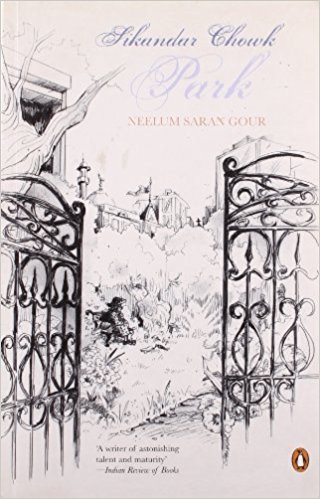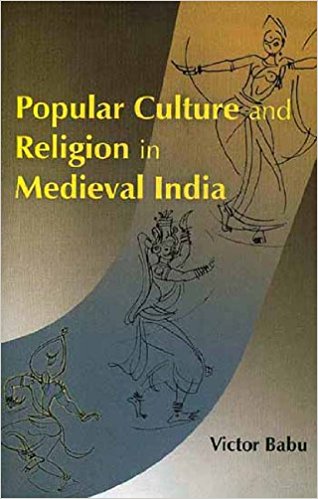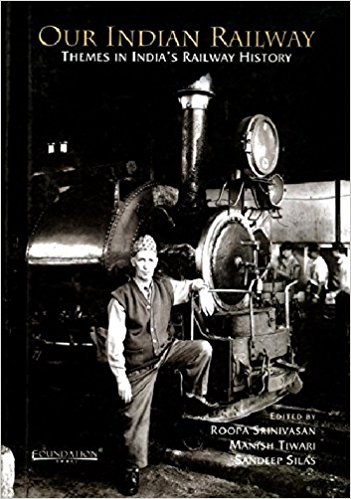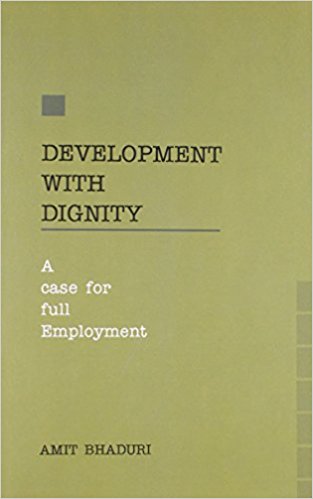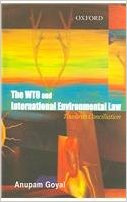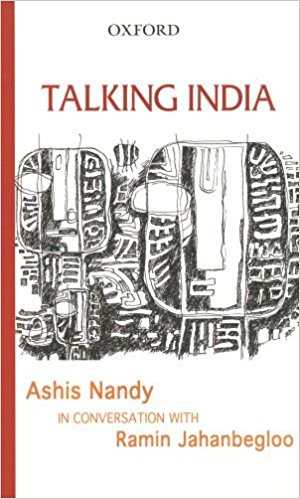“For me, that day in late March, it began with the ringing of my mobile phone and Deb’s voice: Siddhantha, there’s this blast in Sikander Chowk Park. I want you to rush down and cover it. Immediately.” And so since there is no arguing with that Siddhantha does the story which he says wasn’t exactly a scoop. It was in fact a scrap of news so trivial that the desensitized eye quickly glosses over it in its insignificant corner of the local page,
Editorial

